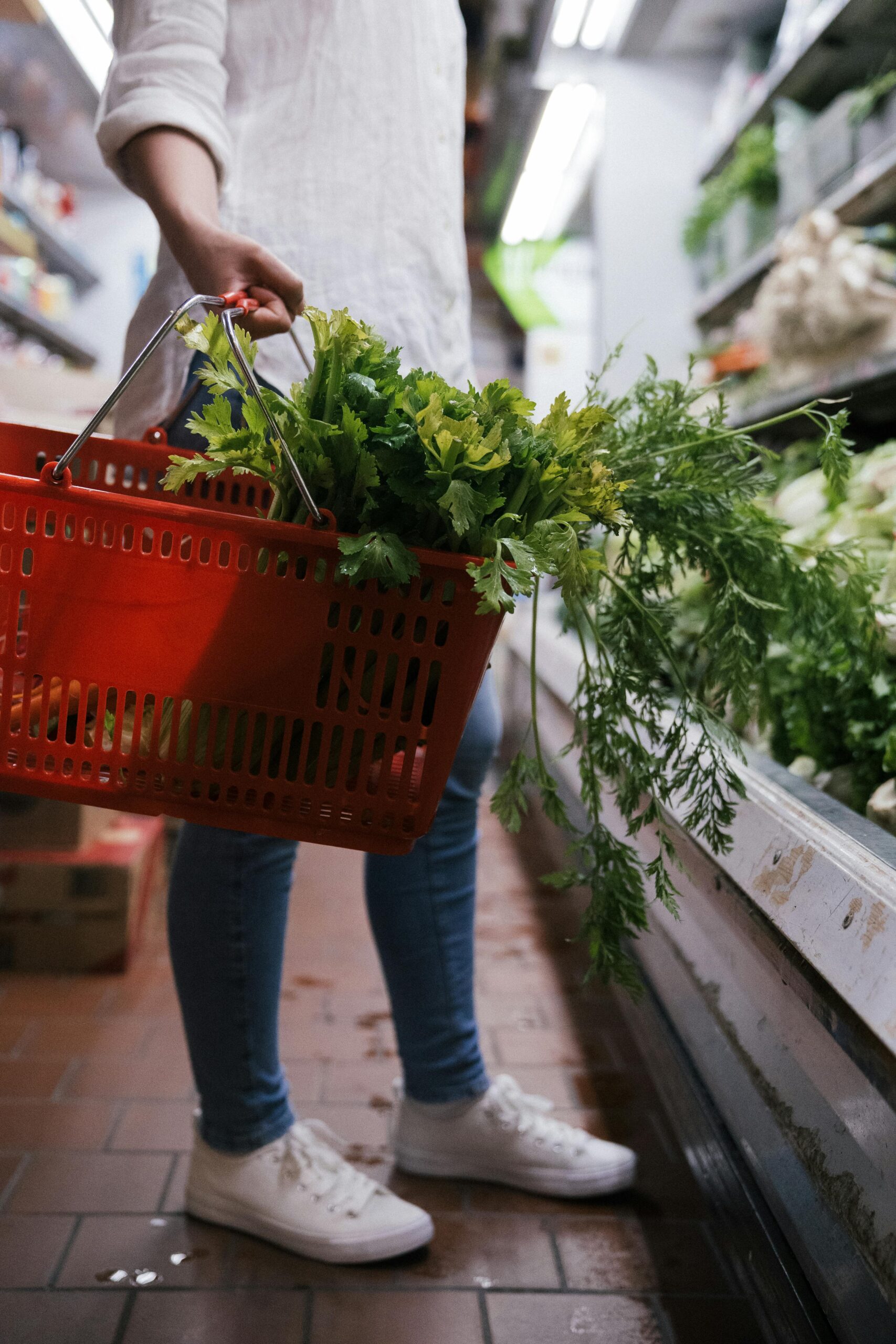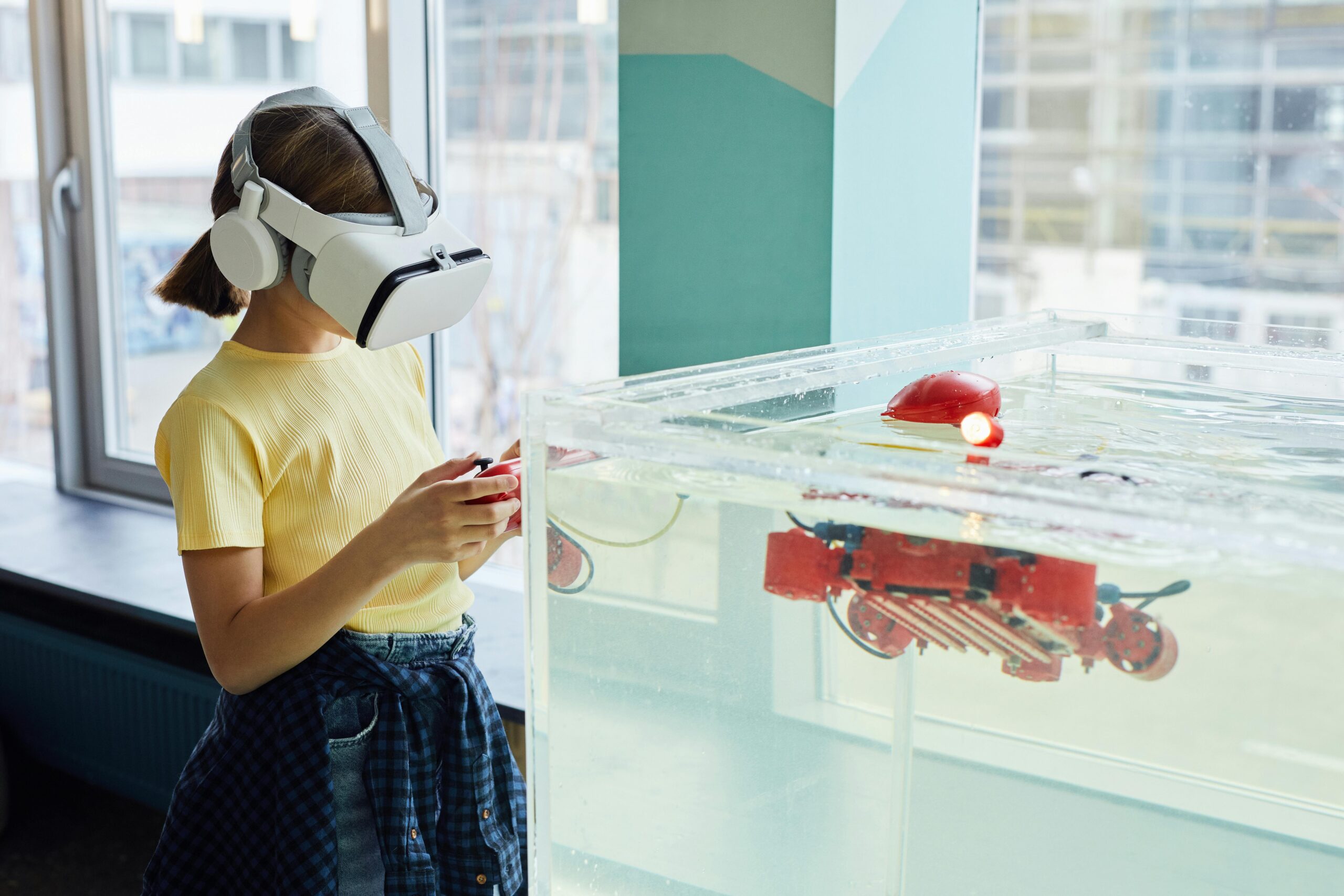Sustainable fashion has become a major movement in the apparel industry, driven by consumer demand for environmentally responsible and ethically produced clothing. By 2025, eco-friendly shopping choices are no longer a niche market—they are mainstream considerations for fashion-conscious consumers. From recycled fabrics to ethical labor practices, sustainability is transforming how people shop, dress, and engage with brands.
1. What is Sustainable Fashion?
Sustainable fashion refers to clothing, footwear, and accessories designed, produced, and consumed in ways that minimize environmental impact and promote social responsibility. Key principles include:
-
Using eco-friendly materials (organic cotton, bamboo, recycled polyester)
-
Reducing water, energy, and chemical usage in production
-
Ensuring fair labor practices and ethical manufacturing
-
Promoting slow fashion over fast fashion
2. Why Sustainable Fashion Matters
2.1 Environmental Impact
-
The fashion industry contributes 10% of global carbon emissions and significant water pollution.
-
Sustainable practices reduce waste, emissions, and pollution, protecting natural resources.
2.2 Ethical Considerations
-
Ensures fair wages, safe working conditions, and human rights compliance for garment workers.
2.3 Consumer Demand
-
Modern shoppers increasingly value transparency, authenticity, and responsibility in brands they support.
-
Millennials and Gen Z, in particular, prefer eco-conscious brands and sustainable materials.
Graph: Consumer Interest in Sustainable Fashion (2020–2025)
| Year | Percentage of Consumers (%) |
|---|---|
| 2020 | 30 |
| 2021 | 35 |
| 2022 | 40 |
| 2023 | 45 |
| 2024 | 50 |
| 2025 | 60 |
3. Eco-Friendly Shopping Choices
3.1 Choosing Sustainable Materials
-
Look for organic cotton, hemp, bamboo, Tencel, and recycled fabrics.
-
Materials like recycled polyester reduce textile waste and carbon footprint.
3.2 Supporting Ethical Brands
-
Research brands with transparent supply chains, fair labor certifications, and eco-friendly practices.
-
Certifications to watch: Fair Trade, GOTS (Global Organic Textile Standard), OEKO-TEX.
3.3 Thrift and Second-Hand Shopping
-
Buying pre-loved clothing extends garment life and reduces demand for new production.
-
Platforms like Depop, Poshmark, and ThredUp promote sustainable consumption.
3.4 Minimalist Wardrobe
-
Focus on quality over quantity, investing in versatile, long-lasting pieces.
-
Reduces waste and encourages mindful fashion consumption.
3.5 Renting and Subscription Services
-
Renting clothes for events or using fashion subscription boxes reduces one-time fast fashion purchases.
-
Popular for special occasions, seasonal wear, or trendy items.
4. Technological Innovations Supporting Sustainability
4.1 Recycling and Upcycling Technologies
-
Brands are creating garments from recycled textiles, plastic bottles, and fabric scraps.
4.2 AI and Predictive Analytics
-
AI helps brands forecast demand accurately, reducing overproduction and inventory waste.
4.3 Digital Fashion
-
Virtual clothing and AR try-ons reduce returns and environmental impact of shipping physical products.
4.4 Sustainable Manufacturing Techniques
-
Waterless dyeing, low-impact inks, and energy-efficient production minimize resource usage.
Graph: Eco-Friendly Innovations in Fashion (2025)
| Innovation | Adoption Rate (%) |
|---|---|
| Recycling & Upcycling | 35 |
| AI Forecasting & Analytics | 25 |
| Digital Fashion & AR | 20 |
| Sustainable Manufacturing | 20 |
5. Benefits of Eco-Friendly Shopping
5.1 For Consumers
-
Healthier Materials: Organic fabrics are gentle on skin and free from toxic chemicals.
-
Unique Style: Vintage and sustainable items often offer distinct, personalized fashion.
-
Ethical Satisfaction: Supporting responsible brands aligns with personal values.
5.2 For the Environment
-
Reduces waste, pollution, and carbon emissions.
-
Encourages a circular fashion economy where garments are reused or recycled.
5.3 For Brands
-
Builds consumer trust, loyalty, and brand reputation.
-
Opens access to a growing market of eco-conscious shoppers.
Graph: Benefits of Sustainable Fashion
| Benefit Type | Importance Level (1–5) |
|---|---|
| Consumer Health & Safety | 4 |
| Environmental Impact | 5 |
| Ethical Alignment | 4 |
| Brand Reputation | 5 |
| Market Growth | 4 |
6. Challenges in Sustainable Fashion
-
Higher Costs: Eco-friendly fabrics and ethical production often increase product prices.
-
Limited Availability: Sustainable options may not be widely available in all regions.
-
Consumer Education: Many shoppers are unaware of eco-friendly certifications and practices.
-
Fast Fashion Competition: Mass-produced, cheap clothing still dominates in many markets.
7. Future Trends (2025 and Beyond)
-
Circular Fashion: Brands embracing recycling, resale, and rental models.
-
AI-Powered Personalization: Recommending sustainable products based on consumer behavior and preferences.
-
Blockchain Transparency: Supply chain tracking ensures ethical sourcing and production.
-
Eco-Friendly Packaging: Reducing plastic and using biodegradable or reusable packaging.
-
Global Movement: Sustainable fashion adoption expanding in emerging markets with growing environmental awareness.
Conclusion
Sustainable fashion represents a fundamental shift in consumer behavior and retail practices. By choosing eco-friendly materials, supporting ethical brands, embracing second-hand shopping, and leveraging technology, consumers can make a positive impact on the environment while enjoying stylish, high-quality clothing.
As awareness grows and innovation continues, sustainable fashion will become not just a choice, but a standard, shaping the future of retail and responsible consumerism.







Leave a Reply